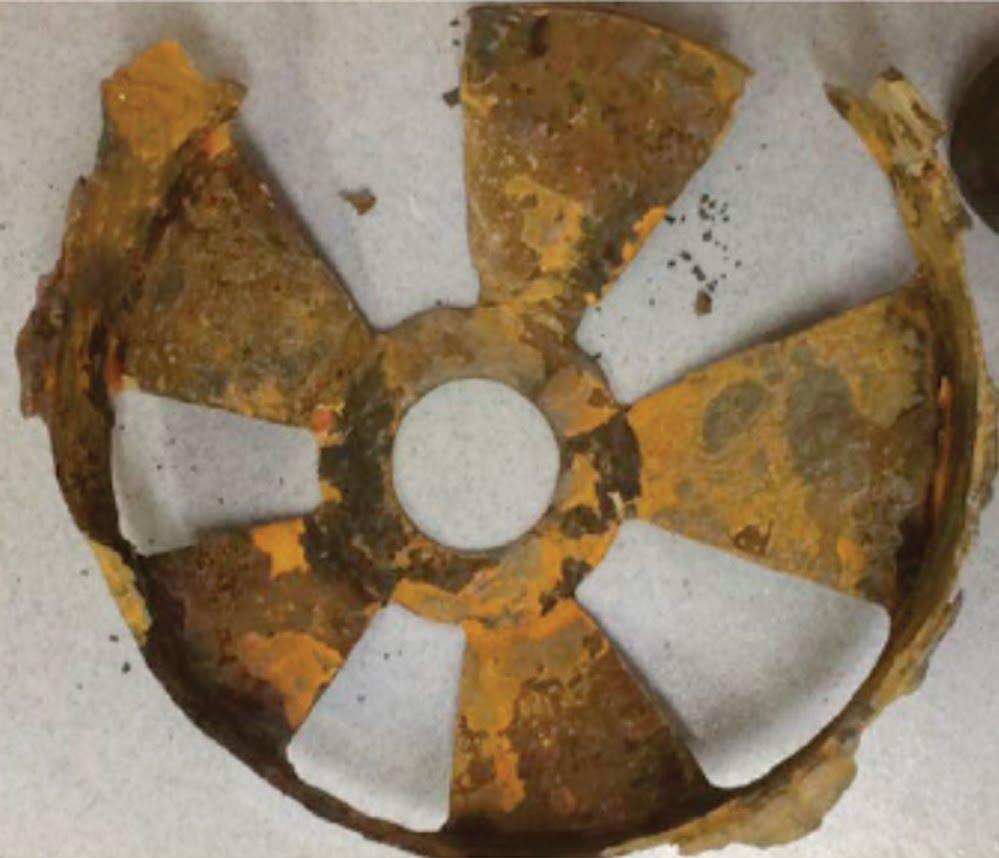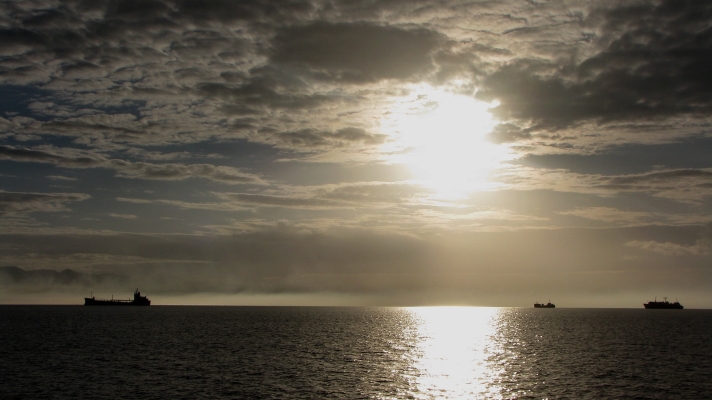SOx scrubbers are one of the compliance options for ships to meet the IMO 2020 Sulphur Cap. But we are still on a learning curve when it comes to this technology. In some cases, the materials used for scrubber parts are not yet suitable for ship-based applications.
According to a recent Mars Report, there have been several instances of overboard piping connected to SOx scrubbers experiencing leaks, for example. One such case was described in detail. The Mars reports are compiled (anonymously) by The Nautical Institute to prevent other accidents from happening. A summary of what happened:
On one vessel, a hole in the piece of piping between the SOx scrubber overboard valve and the ship’s hull (the spool piece) led to a large quantity of seawater entering the engine room. With considerable difficulty the crew eventually managed to stop the water ingress and limit the consequences.
During the damage survey, the spool piece was found to be severely corroded. The diffusor necessary to dilute the acidic outflow of the scrubber wash water and ensure compliance with the emission regulations was also found to be heavily corroded.
Even though the spool piece was made to an approved design (steel piping with epoxy coating), the acidic wash water managed to make contact with the steel pipe and react with it.
 Corroded diffuser.
Corroded diffuser.
This was probably due to a flaw in the application of the epoxy coating or the coating being
damaged during installation.
Advice from The Nautical Institute
- These incidents highlight the need to select both a suitably durable material for scrubber parts and a robust design.
- Until the industry converges on reliable design(s) and material(s) for the overboard piece, a yearly inspection of the spool piece is recommended. Particular attention should be paid to the bottom part of the pipe closest to the valve flange, since many incidents indicate that this is the area most affected by corrosion.
- An alternative to yearly inspections is to install a leakage indicator to the spool piece.
[newsletter_form title=”Would you like to receive the free newsletter of SWZ|Maritime? Please fill in your e-mail address here:”]
Mars Reports
This accident was covered in the Mars Reports, originally published as Mars 202013, that are part of Report Number 329. A selection of this Report has also been published in SWZ|Maritime’s April issue. The Nautical Institute compiles these reports to help prevent maritime accidents. That is why they are also published on SWZ|Maritime’s website.
More reports are needed to keep the scheme interesting and informative. All reports are read only by the Mars coordinator and are treated in the strictest confidence. To submit a report, please use the Mars report form.








